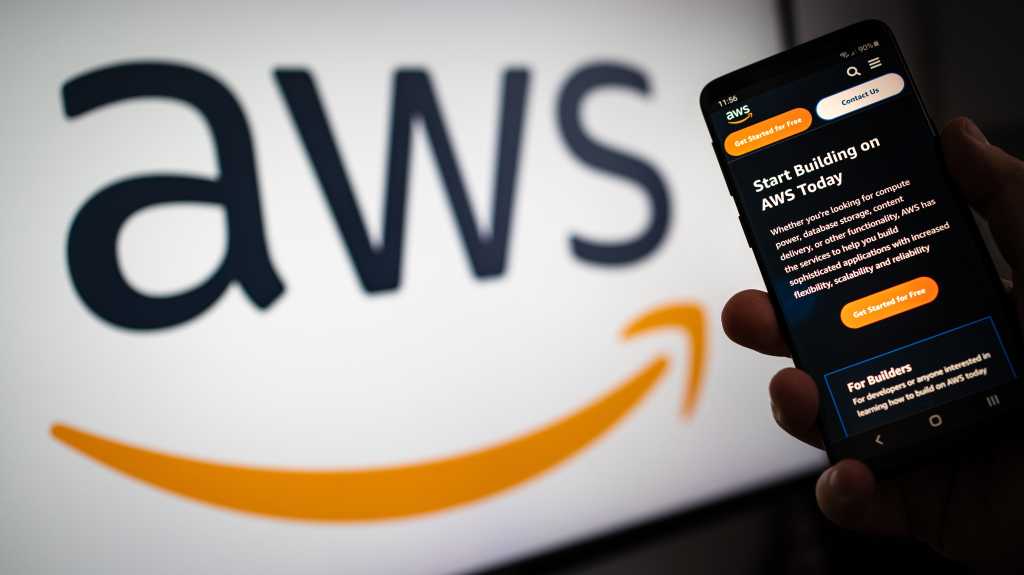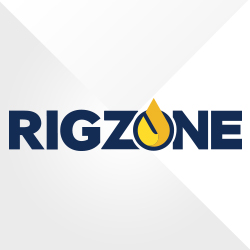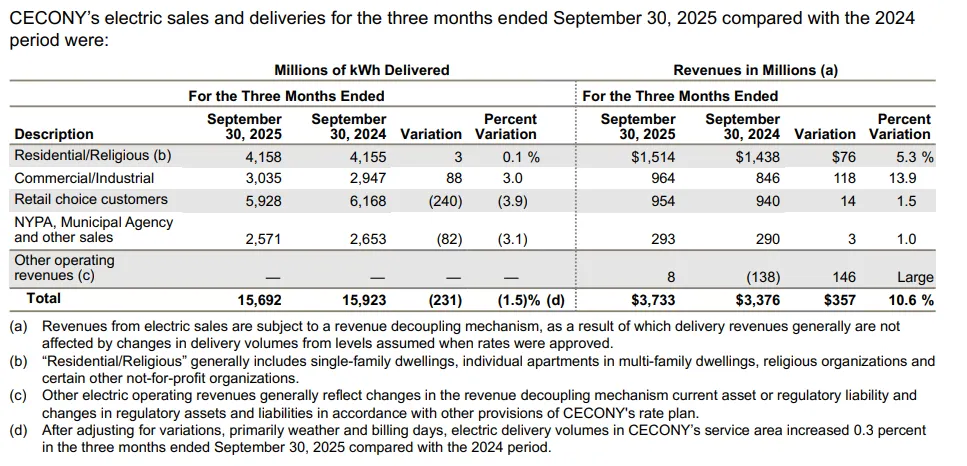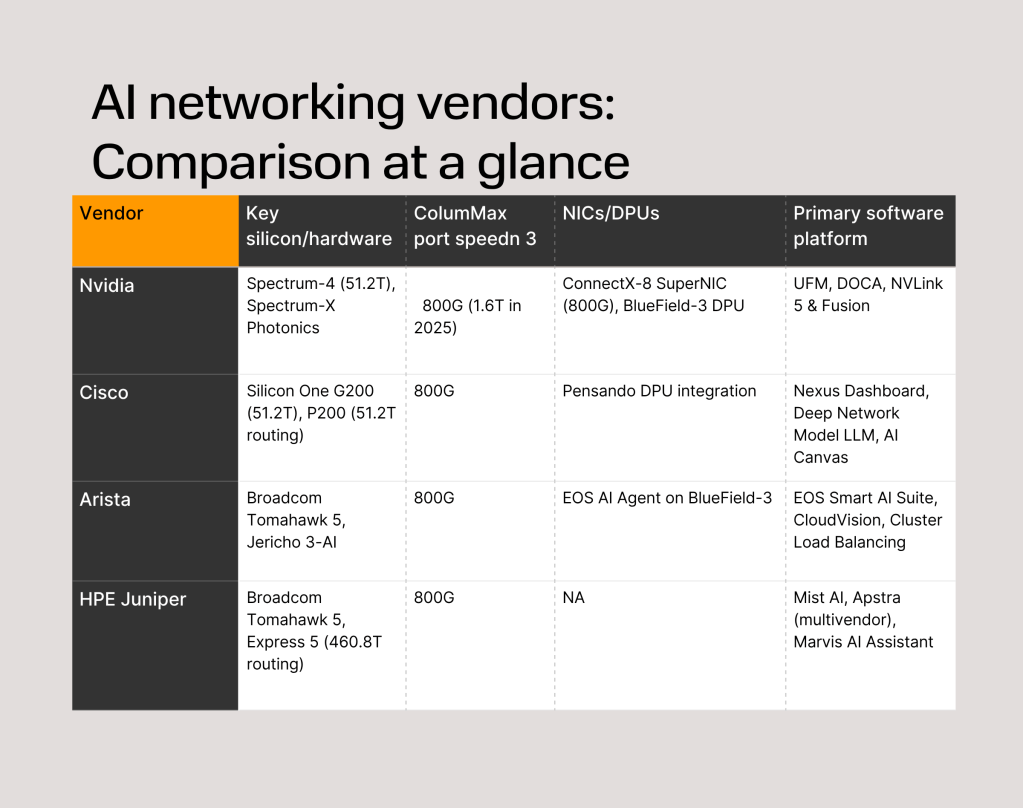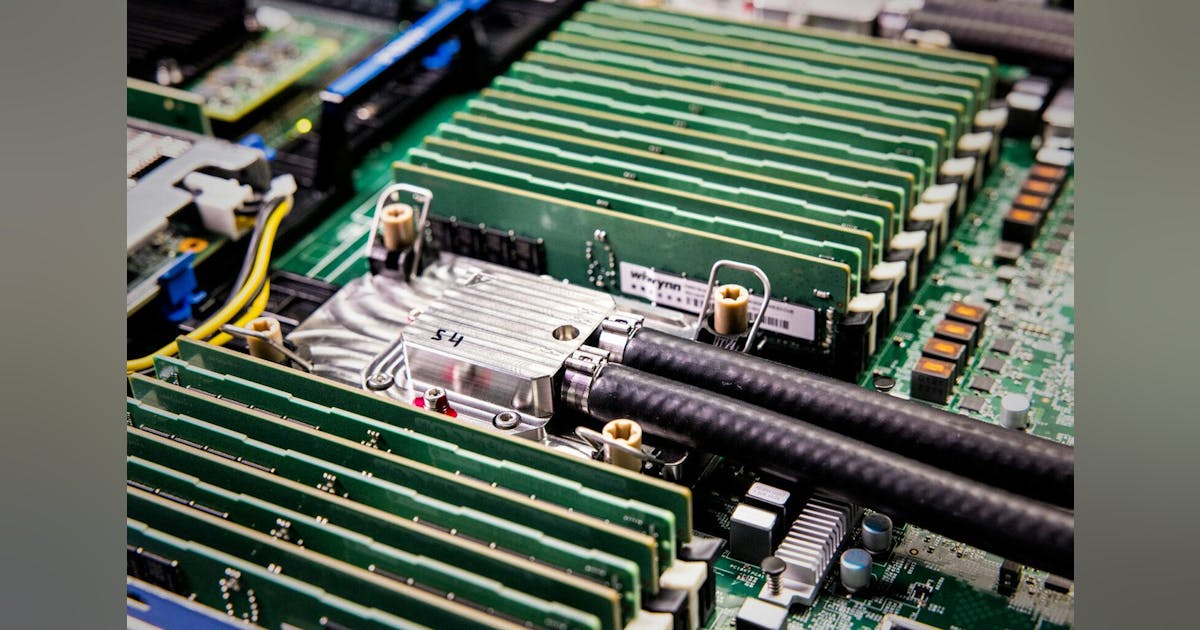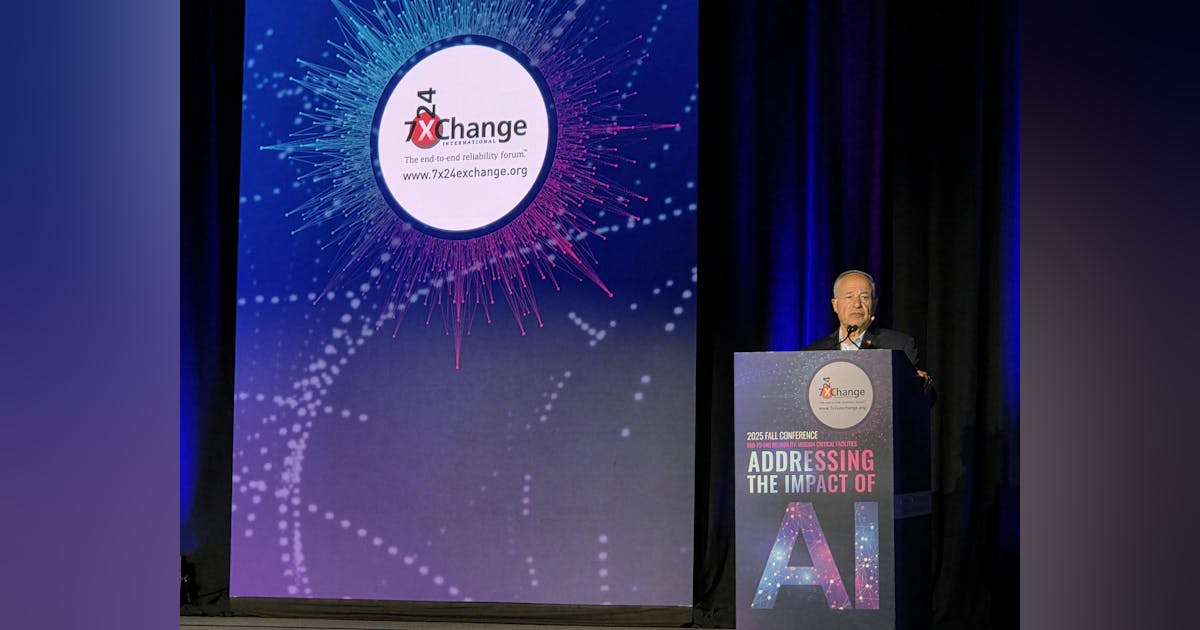
Venture Global LNG Inc. has shipped the first liquefied natural gas (LNG) cargo from its Plaquemines LNG project in Plaquemines Parish, Louisiana.
The shipment was for Energie Baden-Württemberg AG (EnBW) in Germany. Venture Global said in an online statement it has now shipped over 60 LNG cargos to Germany since 2022.
“Plaquemines LNG is one of the two fastest greenfield projects of its size to reach first production and, now, first cargo delivery, along with Venture Global’s first project, Calcasieu Pass”, Arlington, Virginia-based Venture Global said.
Chief executive Mike Sabel said, “In just five years, Venture Global has built, produced and launched exports from two large-scale LNG projects which has never been done before in the history of the industry”.
Venture Global said, “Like Venture Global’s Calcasieu Pass project, Plaquemines has exported its first cargo far in advance of the U.S. Department of Energy’s requirement to commence exports within 7 years from issuance of the non-FTA [free-trade agreement] export authorization”.
The export authorization from the Energy Department for Plaquemines LNG, issued October 16, 2019, gave an export commencement deadline of October 16, 2026.
“We believe this incremental supply has proven to be a valuable geopolitical asset for the United States, especially during a time of historically tight global LNG markets and project delays”, Venture Global added.
The two-phase Plaquemines LNG has a nameplate capacity of 20 million metric tons per annum (MMtpa). It spans 630 acres on the Mississippi River, which provides deepwater access without the need for dredging, according to Venture Global. Plaquemines LNG’s export permit lasts 25 years, starting with the date of the inaugural cargo.
“Because of Venture Global’s unique configuration and construction approach, Plaquemines will produce and export LNG while construction and commissioning continues for the remainder of the project’s 36 trains and associated facilities”, the statement said.
The first cargo was loaded onto Venture Global Bayou, one of the company’s fleet of nine new LNG ships.
EnBW, majority owned by Baden-Württemberg state, is entitled to two MMtpa of LNG from Venture Global over 20 years. EnBW initially signed up for 1.5 MMtpa, to be supplied by Plaquemines LNG and CP2 LNG, as announced June 21, 2022.
On October 6, 2022, a joint statement with Venture Global said EnBW had increased its offtake by a combined 0.5 MMtpa from the two facilities.
“The German government has taken swift action to address the energy crisis and we are honored to support their efforts by providing security of US LNG supply”, Sabel, the Venture Global chief executive, said then.
Georg Stamatelopoulos, now chief executive of EnBW, said at the time, “To become less dependent on Russian natural gas and to strengthen diversification and security of supply, EnBW is supporting the German government by increasing further access to LNG supplies”.
In December 2022 Germany chartered four gas storage and regasification units as a temporary import solution, to be replaced by onshore LNG terminals.
To contact the author, email [email protected]

